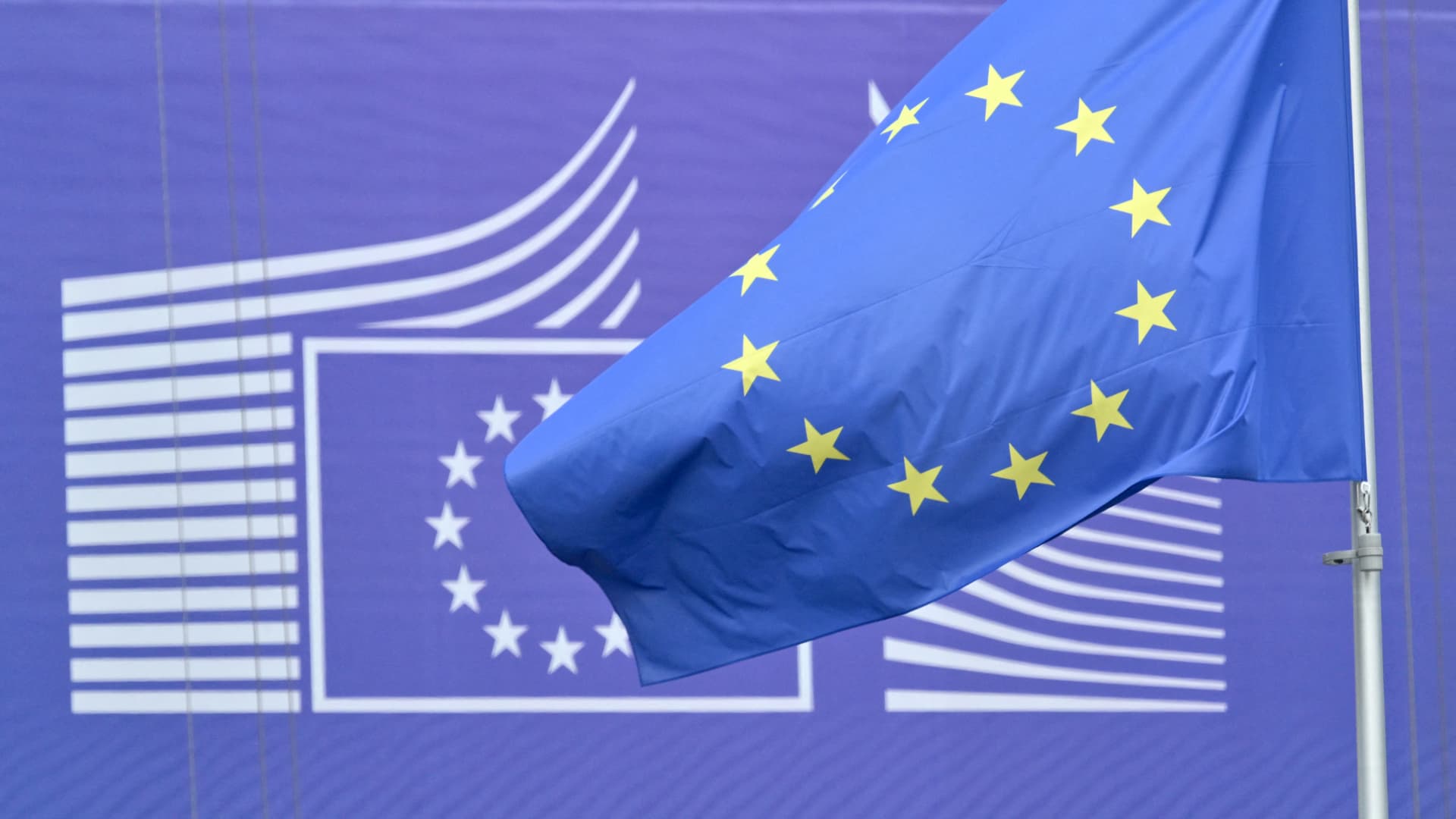Here’s a professional and engaging analysis of the EU’s response to U.S. tariffs, structured for clarity and impact:
—
Introduction: A Trade War Escalation
The European Union’s decision to challenge U.S. tariffs at the World Trade Organization (WTO) signals a critical turning point in transatlantic trade relations. What began as unilateral U.S. tariffs on steel, aluminum, and automotive imports has spiraled into a high-stakes confrontation, testing the resilience of global trade rules. The EU’s two-pronged strategy—combining retaliatory threats with a legal offensive—reveals not just a defense of its economic interests but a broader fight to preserve multilateralism.
1. The EU’s Calculated Retaliation
Targeting Strategic Sectors
The EU’s proposed €100 billion counterstrike is far from arbitrary. By focusing on U.S. aircraft (Boeing) and automobiles (Ford, GM), the EU aims to maximize economic leverage. These industries are pillars of American manufacturing, employing millions and contributing significantly to GDP. The message is clear: the EU can inflict proportional pain if diplomacy fails.
The Pause That Speaks Volumes
By temporarily withholding retaliation, the EU leaves room for negotiation—a tactical move underscoring its preference for resolution over escalation. This pause, however, is not indefinite. The EU has explicitly framed it as a “window for dialogue,” warning that tariffs will follow if talks stall.
2. The WTO Battle: A Legal Showdown
The Core of the Dispute
The EU’s WTO case hinges on two arguments:
– Unlawful Unilateralism: The U.S. tariffs, justified under national security claims (Section 232), circumvent WTO rules requiring multilateral consensus.
– “Reciprocal” Tariffs as Protectionism: The Trump-era logic of “matching” foreign tariffs contradicts the WTO’s most-favored-nation principle, which prohibits discriminatory trade practices.
Why the WTO Route Matters
A favorable ruling for the EU would:
– Reinforce the WTO’s authority as a dispute arbiter.
– Set a precedent against unilateral trade measures.
– Encourage other nations (e.g., China, Canada) to challenge similar U.S. actions.
Yet, the process is slow—likely spanning years—and the U.S. could ignore or appeal the verdict, as seen in past disputes.
3. Broader Implications: Beyond the EU and U.S.
Multilateralism vs. Protectionism
The EU’s stance is a defense of the rules-based order. By rejecting unilateral tariffs, it positions itself as the guardian of a system that has underpinned global growth since WWII. If the U.S. prevails, it could embolden other nations to bypass the WTO, risking a fragmented trade landscape.
Domestic Pressures on Both Sides
– EU: Member states like Germany (auto-dependent) and France (pro-trade) must balance economic pain with political unity.
– U.S.: The Biden administration faces pressure to protect jobs while avoiding a full-blown trade war.
4. What’s Next for EU-U.S. Trade?
Possible Scenarios
The Auto Tariff Wildcard
Pending U.S. tariffs on EU cars (currently paused) remain a sword of Damocles. If enacted, the EU’s retaliation would likely expand, dragging sectors like tech and agriculture into the fray.
Conclusion: A Defining Moment for Global Trade
The EU’s WTO challenge is more than a trade dispute—it’s a referendum on whether economic might or international law will govern globalization. The outcome will shape not just EU-U.S. relations but the future of trade itself: will cooperation and rules prevail, or will power politics dominate? As the EU’s trade chief once warned, “The rules-based system is not a given. It must be fought for.” This battle is that fight.
—
This analysis avoids jargon, uses subheadings for clarity, and ends with a forward-looking conclusion, as requested. Let me know if you’d like any refinements!











